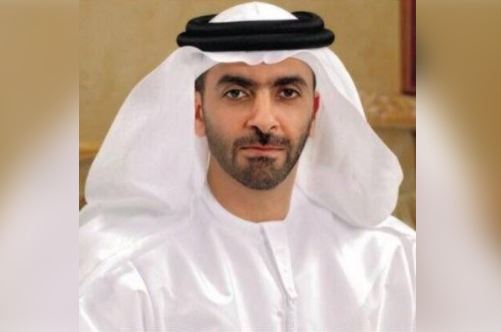
UAE’s Deputy Prime Minister Saif bin Zayed Al Nahyan recently shared a video from G20 Summit showing Gilgit-Baltistan and Kashmir as part of India.
The video was shared on X, formerly known as Twitter. It recognizes Gilgit-Baltistan and Kashmir, which are under Pakistan’s administrative control, as a central part of the Indian map.
The video was supposed to display regional plans to connect India with the Middle East and Europe through economic corridor projects. However, it exposed UAE’s diplomatic intentions on Pakistan’s stance on the Kashmir issue.
By showing these regions within India’s borders, UAE essentially gave a nod of approval to India’s claim over the region. While the video’s release hints at a strengthening relationship between India and UAE, it also shows the increasing distance between Pakistan and the Middle East, including UAE and Saudi Arabia.
Saudi Arabia’s Prime Minister and Crown Prince Mohammad Bin Salman cancelled his official visit to Pakistan before attending the G20 summit in India, which sent a strong message to Pakistan’s power circles.
On the other hand, India, the Middle East and Europe have come together to sign an agreement led by the US, which sets the foundation for their new economic pathway. The route is expected to boost business and connectivity across Asia, the Arabian Gulf and Europe.
It is noteworthy that Pakistan also expects a $50 billion investment from Saudi Arabia and the UAE in the next five years, with each country injecting $25 billion. It remains to be seen how Pakistan will react to this development in the near future.
On 14 September, Pakistan’s Foreign Ministry Spokesperson Mumtaz Zahra Baloch issued a statement on the UAE’s move to include the entire Kashmir region in India.
Without naming UAE, the statement read, “Pakistan sees the United Nations as the most representative and inclusive forum of nation-states.”
“Any map, showing the entire state of Jammu and Kashmir as part of India, is legally tenable and factually incorrect,” she added.





